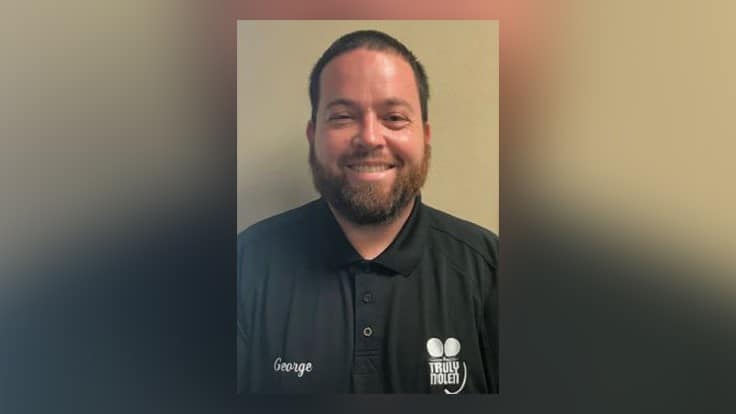
Whether it is inspecting for ants, identifying them, or choosing the right product, there are many variables that play a role when it comes to successful ant management. PCT talked with a variety of pest management professionals who weighed in on their experience with ant control and discussed the ins and outs of achieving success when managing an ant infestation.
Chelle Hartzer, consulting entomologist for 360 Pest and Food Safety Consulting, said that the only way she achieves successful ant management is by using an Integrated Pest Management (IPM) approach. Hartzer explained that such an approach includes inspection, identification, treatment and monitoring.
“That’s going to be the best way to deal with this and try and find that root cause,” Hartzer said of an IPM approach. “Get to the real root of the problem to solve it instead of potentially just putting a Band-Aid on it. We really want to look at that whole ecosystem of what’s going on.”
Before any treatment strategy can begin, pest professionals must identify the ant involved and find the ant colonies involved.
Inspection is key to locating the ant colony; determining how ants might be entering the building; finding out what type of ants you are dealing with; and figuring how to go about treating them.
The inspection begins with the type of ant involved and it’s preferred nesting habits. Carpenter ants involving examining moist wood indoors and logs, tree holes and landscaped timbers outdoors. Soil nesting ants such as pavement and fire ants require looking for mounds of displaced soil outside. Argentine ants and odorous house ants nest in soil, under items and in mulch and leaf litter.
Also, pull away mulch or vegetation away from founations and sidewalks to look for trails, and check meter boxes and sprinkler heads, and look for ant trails in cracks in sidewalks, bricks or along other structural guidelines.
Despite a careful inspection, finding an ant nest may still be difficult. Regardless, according to Kyle Youngstrom of Kansas City-based Joshua’s Pest Control, the key to ant control is always going to be finding and eliminating the colony. Therefore, pest professionals must find a way to get product into the nest. The most effective way to accomplish this, he said, is applying either a non-repellent residual that trailing ants can come in social contact with, or through various liquid, gel or granular baits that the ants can feed on and carry back to the colony to share.
When searching for an ant nest or deciding exactly what type of product to use, Jeff Crawford of Ohio-based A-1 Able Pest Doctors, said ant identification is the key. Identification is important for understanding colony behavior and for baiting because different species of ants prefer different types of food (e.g., sweets vs. proteins).
Despite the wide variety of species, many ants look nearly identical and may be hard for pest professionals to distinguish in the time they have allotted for a service. Hartzer said looking for behavioral traits can sometimes be an easier way of identifying ants and determining the best product choice.
Choosing the correct product is the final aspect of successful ant management, along with continual monitoring. Such products will depend on the type of service – preventive or curative – the type of ant problem, exterior or interior, and the type of ant involved.
For a preventive service, pest professionals should focus on creating a strong exterior barrier, typically with the use of liquid repellents, or the pairing of non-repellents and baits. The goal should be to prevent ants from ever entering a structure. Youngstrom also emphasized the effectiveness of using products with a broad-spectrum label, especially with preventive treatments.
If ants do find their way into the structure, pest professionals can use bait matrices near entry points or areas where the ants appear to be trailing, along with some well-targeted non-repellents, said Scott Robbins, A.C.E., technical director of Action Pest Control, Evansville, Ind.
For curative treatments, many pest professionals utilize products that achieve colony elimination to limit re-services. “It’s the re-services that will kill you, so we need something that’s going to last long after the colony,” Youngstrom sad.

